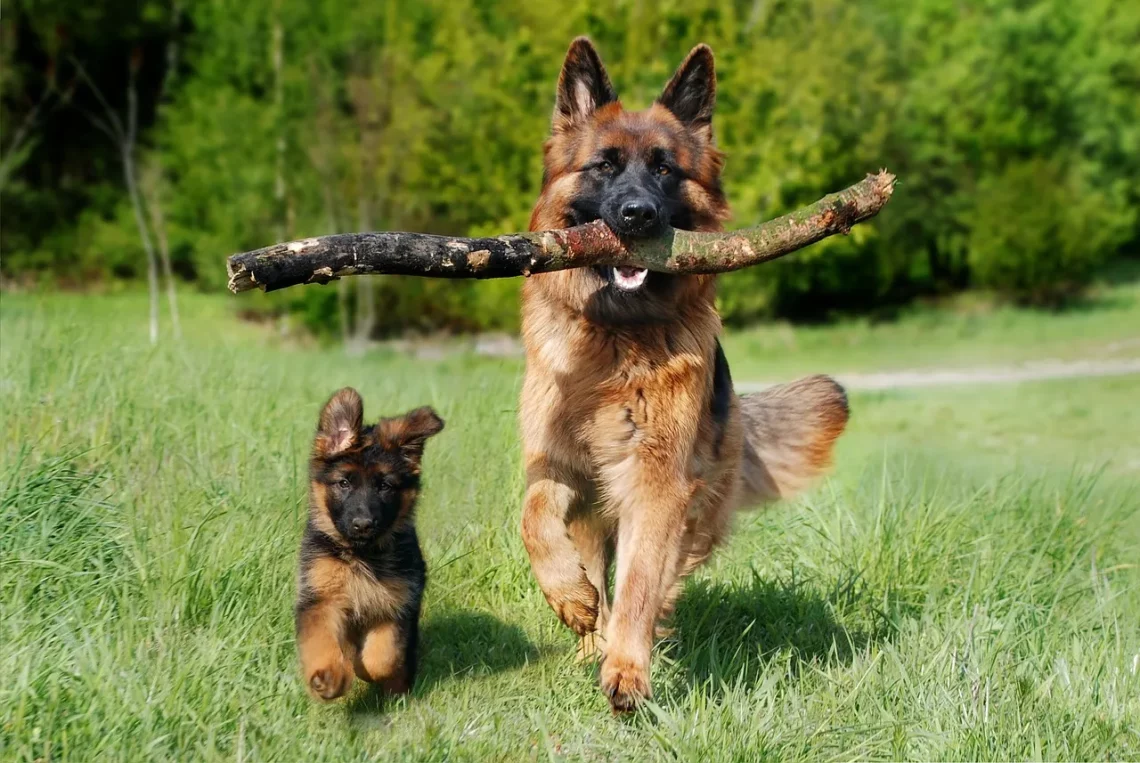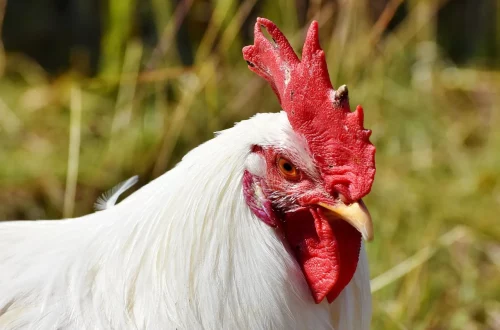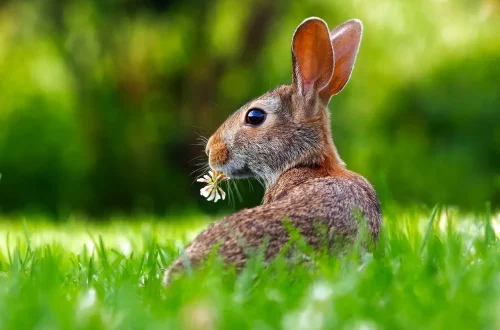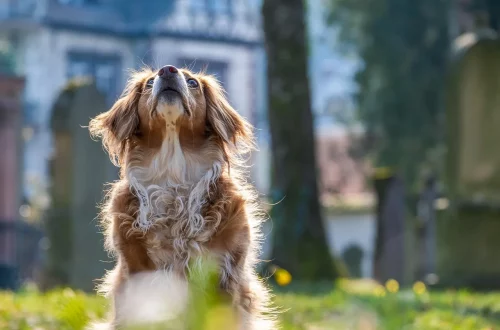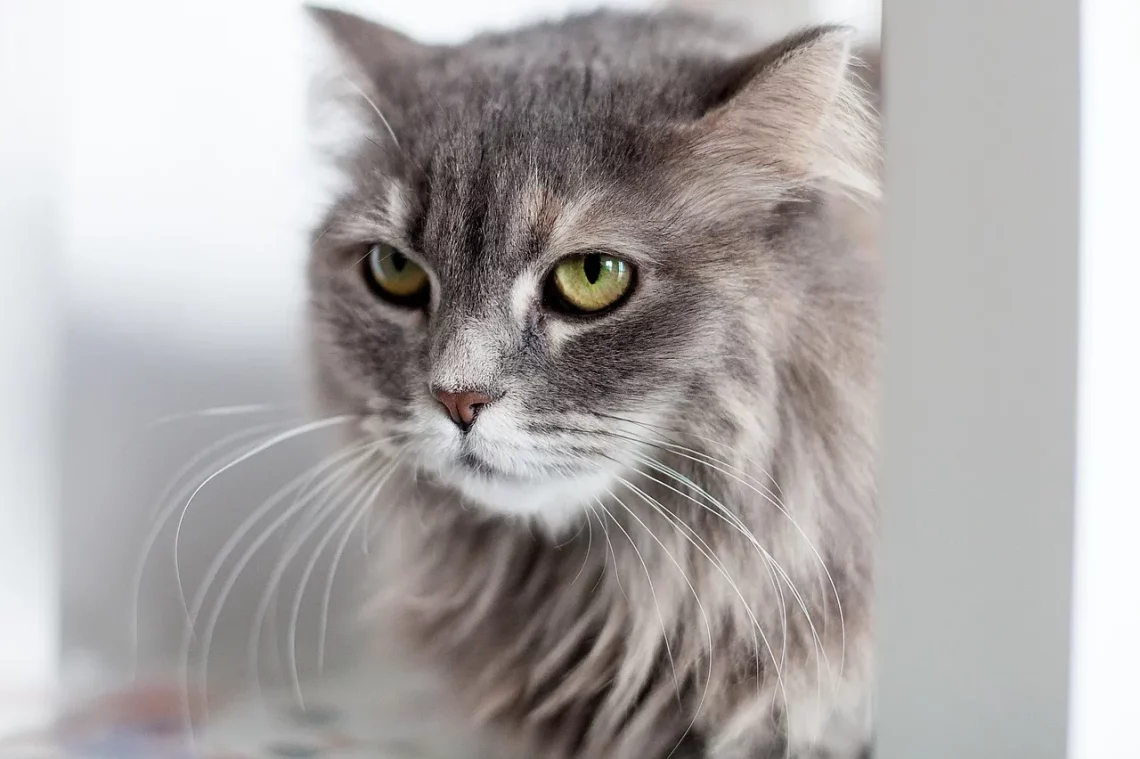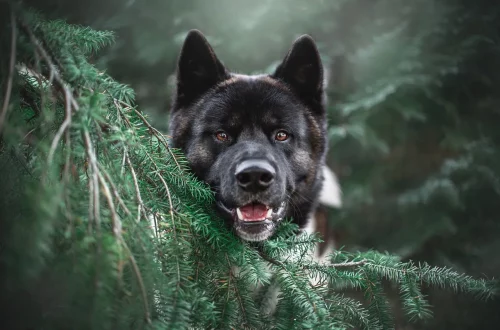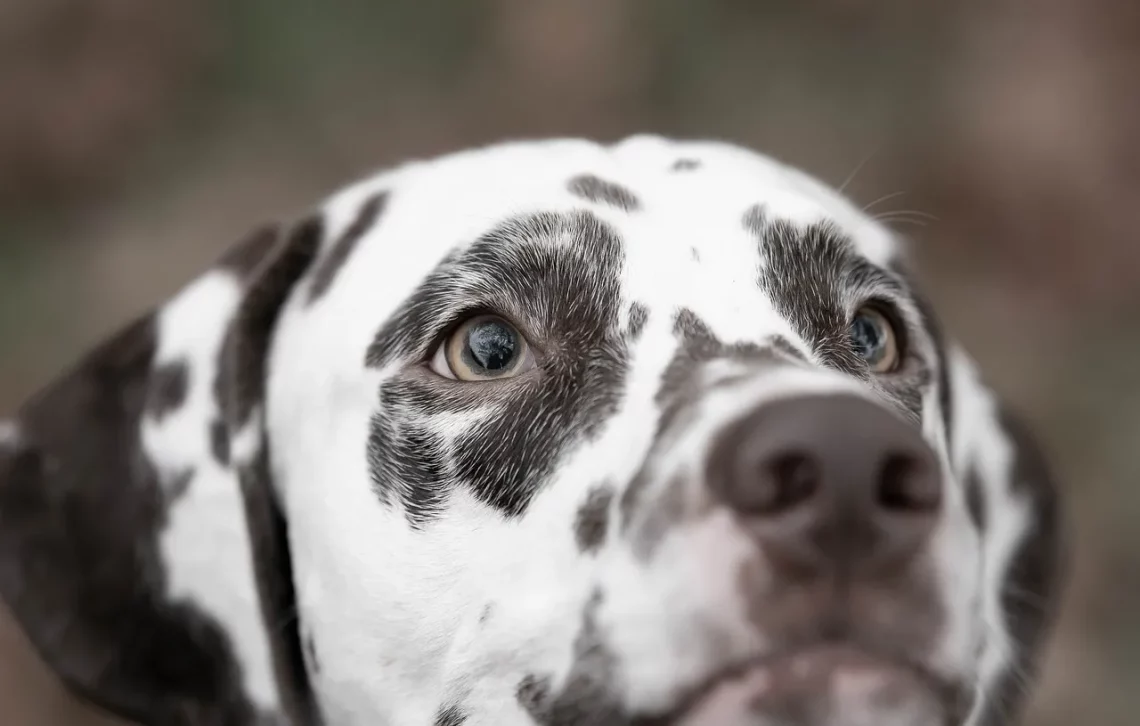-
Why Is My Dog Panting at Night? Common Causes and Solutions
Dogs are often seen as comforting companions, providing emotional support and a sense of security to their owners. However, when a beloved pet starts exhibiting unusual behaviors, such as excessive panting at night, it can be a source of concern for pet owners. Panting is a natural behavior for dogs; they do it to regulate their body temperature, express excitement, or even convey anxiety. However, when it occurs during the night when the dog is supposed to be resting, it can lead to sleepless nights for both the pet and owner. Understanding the reasons behind this behavior is essential for ensuring your dog’s well-being. While some instances of nighttime panting…
-
Why Does My Dog Breathe Fast? Common Causes and Solutions
Fast breathing in dogs can be a perplexing experience for pet owners. It often raises concerns about the animal’s health and wellbeing. While some dog owners may believe that rapid breathing is a sign of excitement or playfulness, it can also be an indicator of underlying health issues. Understanding the reasons behind your dog’s fast breathing can help you to respond appropriately and ensure that your furry friend remains happy and healthy. Dogs have a unique way of communicating their needs and feelings, and their breathing patterns are no exception. Factors such as stress, temperature, and physical activity can all influence how fast a dog breathes. However, it’s essential to…
-
Why Is My Dog Breathing So Fast While Sleeping? Possible Reasons Explained
Dogs, like humans, have their own unique sleeping patterns and behaviors. Observing our furry friends while they sleep can provide insight into their overall health and well-being. However, it’s not uncommon for pet owners to notice their dogs breathing rapidly while they are in a deep slumber. This phenomenon can spark concern, leading many to wonder if it’s a normal occurrence or if it might indicate an underlying health issue. In the world of canine sleep, dogs experience various sleep stages, including REM (Rapid Eye Movement) sleep, which is when most dreaming occurs. Breathing patterns can vary greatly depending on the dog’s size, age, and overall health. While fast breathing…
-
Understanding Why Your Guinea Pig Is Sneezing and What to Do
Guinea pigs are charming pets that bring joy and companionship to many households. Their gentle nature and playful antics make them a favorite among small animal enthusiasts. However, like all pets, they can experience health issues that may concern their owners. One common behavior that often raises alarms is sneezing. While it might seem innocuous at first, sneezing in guinea pigs can be a symptom of various underlying conditions. Understanding the reasons behind this behavior is crucial for any guinea pig owner. Sneezing can be perplexing, especially when it seems out of character for your furry friend. It’s essential to pay attention to the context in which the sneezing occurs,…
-
Understanding Cat Rapid Breathing: Causes and When to Seek Help
Rapid breathing in cats can be a concerning symptom for pet owners. While occasional changes in breathing patterns may not always indicate a serious issue, it is crucial to understand the context and potential implications of this behavior. Cats are known for their unique physiological traits, and their respiratory systems can react to various environmental factors, stressors, and health conditions. As a cat owner, observing your feline friend’s behavior can provide valuable insights into their well-being. Rapid breathing, also known as tachypnea, can occur for various reasons, ranging from excitement to underlying medical conditions. It is essential to distinguish between normal variations in breathing and signs that may warrant further…
-
Understanding Antihistamines for Horses: Benefits and Usage Guide
Understanding allergies in horses is crucial for any equine owner or enthusiast. Horses, like humans, can suffer from various allergic reactions, which may manifest in numerous ways, such as skin irritations, respiratory issues, or gastrointestinal problems. These reactions can significantly impact a horse’s quality of life, affecting their performance, behavior, and overall health. As a result, understanding the underlying causes of these allergies and how to manage them is essential for maintaining a happy and healthy equine companion. One of the most effective ways to alleviate the symptoms of allergies in horses is through the use of antihistamines. These medications work by blocking the action of histamine, a chemical released…
-
Chronic Rhinosinusitis in Cats: Steroid or Benadryl Treatment Options
Chronic rhinosinusitis is a complex condition that affects many cats, causing persistent inflammation of the nasal passages and sinuses. This condition can lead to discomfort, nasal discharge, and breathing difficulties, significantly impacting a cat’s quality of life. The underlying causes of chronic rhinosinusitis can vary, including allergies, infections, or even structural abnormalities within the nasal cavity. As pet owners, it’s essential to recognize the signs of this condition and seek appropriate care. Managing chronic rhinosinusitis requires a comprehensive understanding of the available treatment options, including the use of steroids and antihistamines like Benadryl. Both treatments have their merits and potential drawbacks, making it crucial to weigh the options carefully. In…
-
Understanding Oronasal Fistula in Dogs: Causes and Treatments
Understanding oronasal fistula in dogs is crucial for pet owners and veterinary professionals alike. This condition, characterized by an abnormal connection between the oral cavity and the nasal passages, can significantly impact a dog’s health and quality of life. It often arises from various underlying causes, including dental disease, trauma, or congenital defects. The presence of an oronasal fistula can lead to a range of complications, such as chronic nasal infections, difficulty eating, and severe discomfort. Recognizing the symptoms early is vital for effective treatment. Dogs with this condition may exhibit signs such as nasal discharge, bad breath, coughing, or difficulty swallowing. The complexity of diagnosing oronasal fistulas requires a…
-
Understanding Why Your Dog Is Breathing Heavily and When to Worry
Breathing is a vital process for all living beings, including our beloved canine companions. However, when a dog begins to breathe heavily, it can be a source of concern for pet owners. Heavy breathing, or labored breathing, can occur for various reasons, some of which are benign, while others may indicate a more serious health issue. Understanding the nuances of canine respiratory patterns can help dog owners differentiate between normal behavior and potential warning signs that require immediate attention. Dogs are known for their ability to communicate their feelings and needs, and changes in their breathing can be a key indicator of their overall well-being. Factors such as physical exertion,…
-
Understanding Why Your Senior Dog Is Panting at Night
As our dogs age, they undergo numerous physical and behavioral changes that can sometimes leave pet owners concerned about their well-being. One common issue that arises, particularly during the night, is panting. While it is normal for dogs to pant as a way of regulating their body temperature, excessive nighttime panting can indicate underlying issues that warrant attention. Understanding the reasons behind this behavior is crucial for any dog owner, especially those caring for senior pets who may already be experiencing a range of age-related health challenges. Nighttime panting in senior dogs can be distressing for both the dog and their owner. It can disrupt the peaceful atmosphere of the…
